Nikki Allan trial: DNA matching suspect found on girl's clothes
- Published
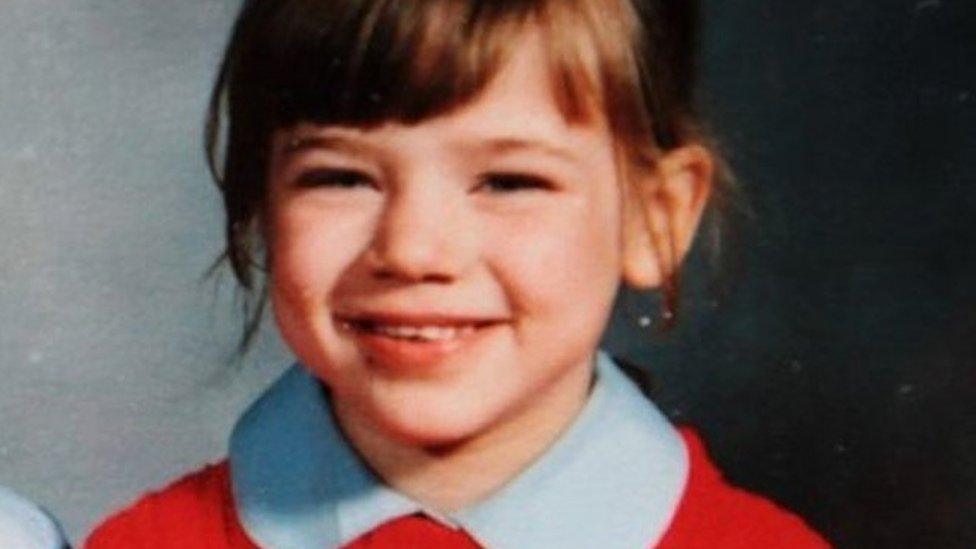
Nikki Allan was killed on 7 October 1992
DNA matching a suspected murderer was found on a killed girl's clothes decades after her death, a court heard.
Nikki Allan, seven, was hit with a brick and repeatedly stabbed before being dumped in a derelict Sunderland building in October 1992.
David Boyd, 55, of Chesterton Court, Stockton-on-Tees, denies murder.
Forensic scientist James Chapman told Newcastle Crown Court there were "low-levels" of DNA matching Mr Boyd found on Nikki's shirt and leggings.
The court heard DNA testing was "in its infancy" and rarely used in criminal investigations in 1992 but Nikki's clothes were kept in police storage before being tested again with new technology.
Mr Chapman said he first became involved with Nikki's case in 2013 and the majority of DNA samples he and his team took from the clothing were taken from 2016 onwards.
He said they knew Nikki had probably been lifted through a boarded up window some 6ft off the ground so they focussed on the areas of her clothing where her assailant would most likely have touched her, such as the hips and under the arms.
They also tested the collar of her green T-shirt on the assumption her attacker may have grabbed her by the throat, and avoided areas heavily saturated with Nikki's blood which could have "diluted" any DNA from her assailant.
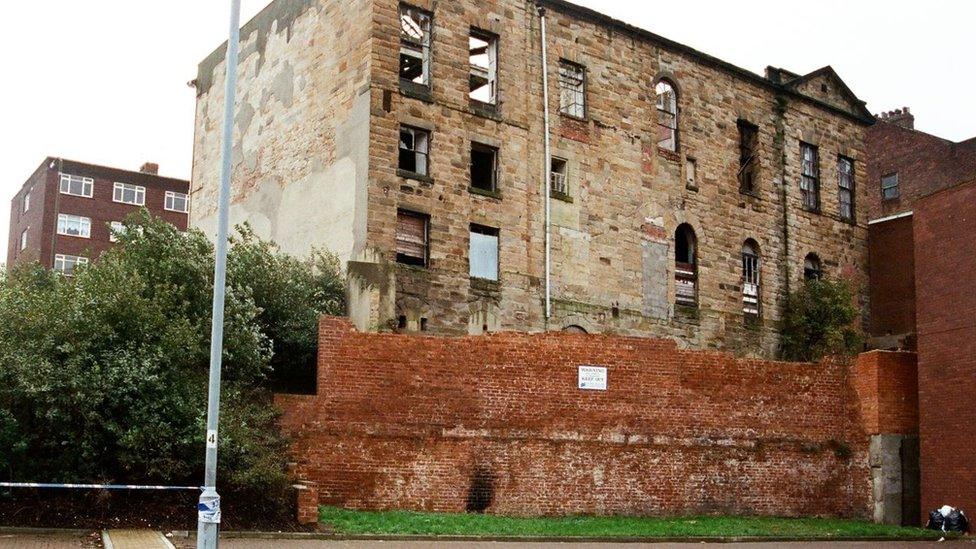
Nikki Allan was killed and her body abandoned in the Old Exchange building in the east end of Sunderland
DNA matching the profile of Mr Boyd was found in an armpit and on the collar of Nikki's shirt and the waistband of her leggings.
Mr Chapman said he tested Mr Boyd's DNA against a database of more than 28,000 men in western Europe and none were found to match his.
He said DNA testing could "rule out" people but a match could only be worked out as a statistical probability.
Mr Chapman said analysis was carried out of samples taken from about 700 men living in the Wear Garth area or who knew the Old Exchange building but none matched the DNA taken from Nikki's clothes or with Mr Boyd.
Mr Boyd's was the only DNA profile from that group and the only recurring male profile found on Nikki's clothing, the court heard.
Mr Chapman said there was a "mixed" DNA profile on her collar consisting of hers and two other people's DNA.
He said it was "690 times more likely" the DNA was that of Nikki, Mr Boyd and an unknown third person rather than Nikki and two unknown people.
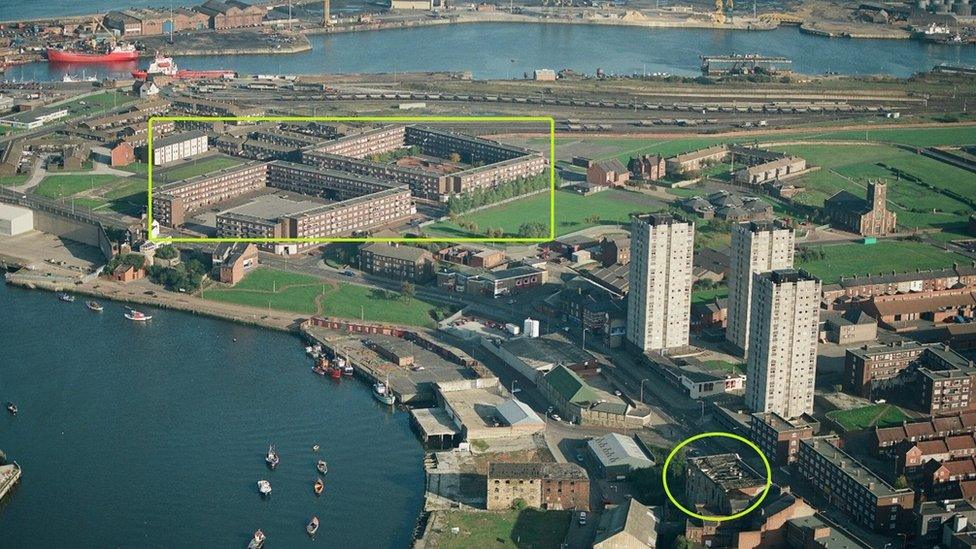
Jurors have seen an aerial image of Sunderland taken in 1992 showing where Nikki lived (in rectangle) and died (in circle)
A mixed set of DNA from two men was found under her right armpit, the "predominant contributor" of which matched Mr Boyd's DNA, the court heard, which according to an evaluation against the database was estimated to occur with a one in 5,100 frequency.
DNA matching Mr Boyd was also found on the hip area of her shirt although Mr Chapman said he could not tell the court of its significance as he had himself contaminated the area with his own DNA during examination.
Mr Chapman said the "majority" of a DNA sample found on Nikki's leggings waistband came from Mr Boyd or another man with the same DNA profile, which according to the database had a one in 28,000 likelihood.
Prosecutor Richard Wright KC said Mr Boyd told police he had been spitting off his balcony and it was possible Nikki had smeared it on her clothing.
Mr Chapman said he searched for but did not detect any saliva on Nikki's clothes but it was "not possible to draw inference his saliva was never there".
In his conclusion, Mr Chapman said the DNA detected was in low levels and it was for the court to decide how it got there, for example whether it was through "direct contact" such as Mr Boyd touching Nikki or "some sort of indirect transference".
'Real caution'
Under cross-examination by Mr Boyd's lawyer Jason Pitter KC, Mr Chapman agreed there had to be "real caution" when assessing the evidence as there were "very small amounts" of DNA present.
Mr Chapman also agreed with Mr Pitter that it was not known when or how the DNA profile matching Mr Boyd's got on to Nikki's clothes.
The trial previously heard a girl was seen walking with a man from the flats both Nikki and Mr Boyd lived in at Wear Garth towards the derelict building shortly before 22:00 on 7 October 1992, with a scream heard moments later.
Nikki was reported missing later that night and her body was found in the building's basement the following morning by members of the public.
She had been struck multiple times on the head with a brick which probably rendered her unconscious before being repeatedly stabbed in the chest, jurors have been told.
The trial continues.

Follow BBC North East & Cumbria on Twitter, external, Facebook, external and Instagram, external. Send your story ideas to northeastandcumbria@bbc.co.uk, external.
Related topics
- Published27 April 2023
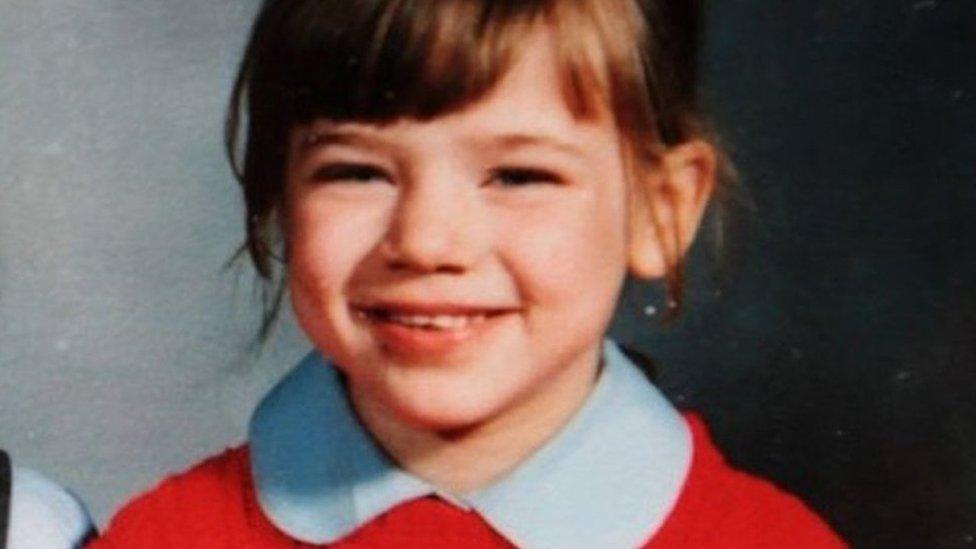
- Published26 April 2023

- Published25 April 2023
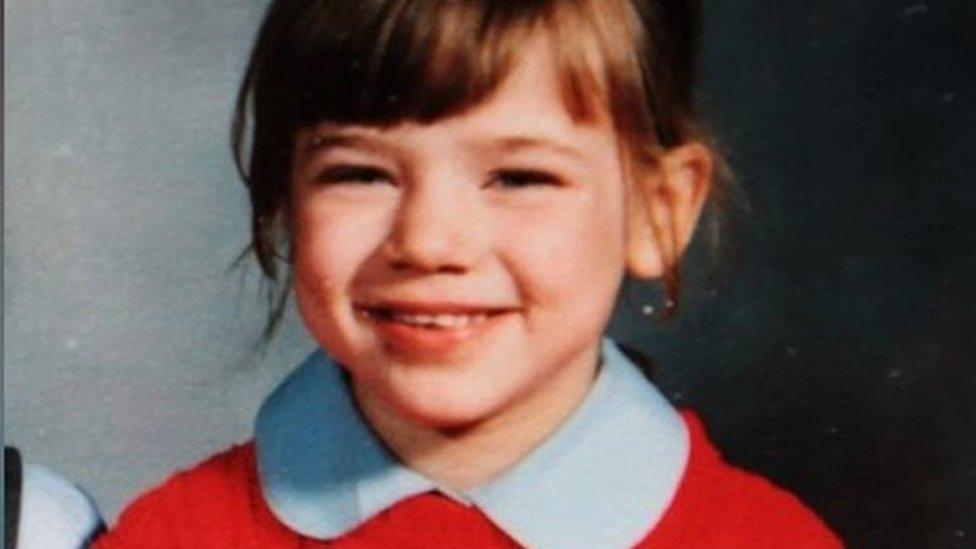
- Published24 April 2023
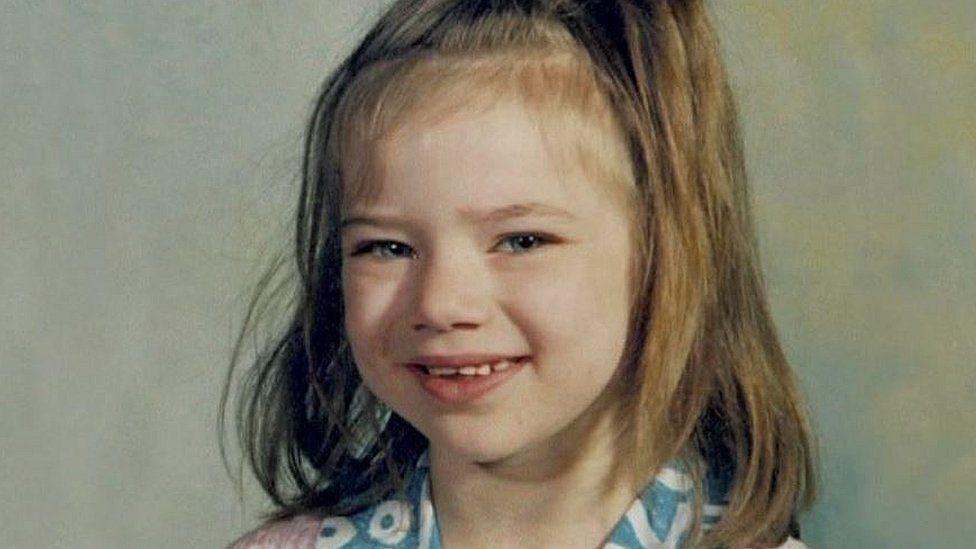
- Published20 April 2023
